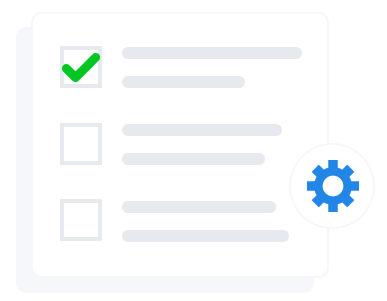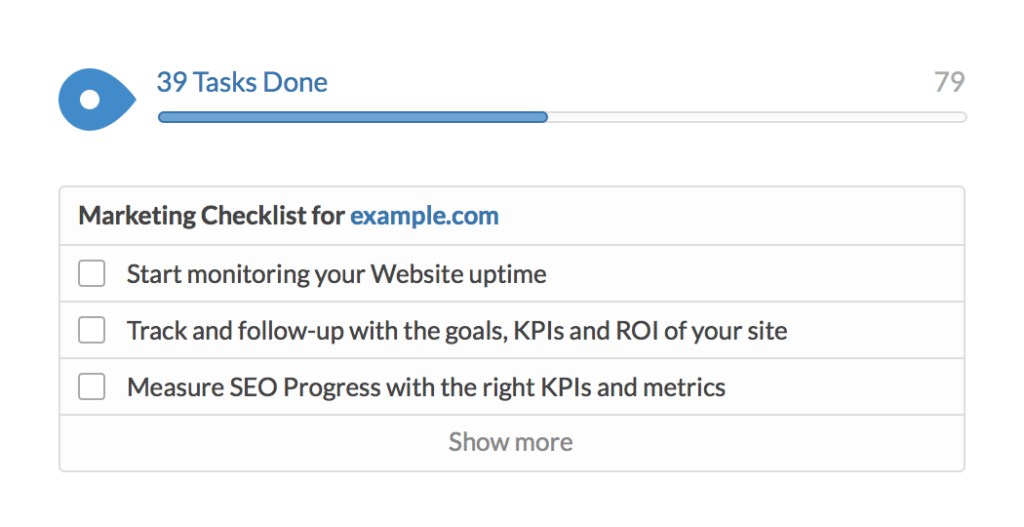At Modern Marketing Partners, we know that the blog holds significance to appeasing prospective buyers. We also know that it’s still only part of the solution. We were right all along. Testimonials, whitepapers, product and service page, and the about us section are all keys to conversion—and a new study proves that.
The 2015 B2B Usability Report, a survey of B2B buyers and their preferences once reaching a website, recently found that strict reliance on blogging and social media is detrimental to a vendor—unless content marketing efforts lead to something.
Key Takeaways
There is a lot of good information in the report, which breaks down the information into three stages of the purchase decision: Discovery, Evaluation, and Impact on the Buyer Process. Here’s what we found:
- Blogs are Good, Not on Your Home Page: Only 8% of purchasers want to see the blog on the home page.
- A Blog Can Establish Credibility: 55% of buyers answered “Yes” or “Sometimes” regarding whether or not a blog could establish credibility.
- But Reliance on Blogging only means you’re missing other opportunities: Buyers want case studies, whitepapers, and testimonials. They want to know how you make lives easier.
- They’ll Call You: Ever get annoyed when a company will call you (no download, no contact information provided) and say “Saw that you were on our website, how would you like to buy our product?” So do buyers. This said, 64% of them want a vendor’s contact information on the home page, and 44% would leave a website if they couldn’t find contact information.
- Products and Services are Pivotal: 86% want to learn about your products and services on the home page.
- Your Frilly Pop Ups are Scaring Them Off: 42% are annoyed by your animated ads, 33% by your autoplay video, and 30% by your live chat popup.
- Ask for the Right Amount of Information: 58% prefer not to release phone number information in a form, 53% aren’t fond of providing business address.
Related: Thought Leadership Guide
How Many Buyers Have You Scared Off This Year?
If I’m searching for something like a project management software, I want to know how it works, how it makes my life easier, and who else it has helped.
What I don’t want to do is to land on the page, only to be berated by a “click to call” or “live chat” button. When I move my mouse to the top to change tabs (usually because of an autoplay video in some other tab), I do not want to have a pop-up appear that says “Wait, Don’t Go!”
And maybe I click on over to your blog/product pages, open a couple posts, and read one or two. I do not want your salesperson calling me for the next three weeks about buying [insert software] (Hi Felicia).
Don’t scare off your buyers. Treat them like you’d want to be treated.
The Golden Rule of Content
Do unto others as you would have them do unto you.
Think of the information you want as a buyer, your buying process, and your likes and dislikes. How does your website compare?
- Are your products and services hidden?
- Have you installed an annoying live chat button?
- Is your blog part of something more?
- Is Your Company Easily Reachable?
Once you can understand you buyer and not annoy him or her, you’re on your way to selling more effectively.
Final Thought: Match Value to Content
A key takeaway that I got from the HubSpot Inbound Certification that was clarified further by this study is the importance of matching content to information requested.
As you can see, people aren’t too fond of giving away certain information—specifically phone number.
If you’re trying to gate everything behind highly demanding landing pages, you’re actively deterring people from your site. HubSpot defines this as “Page Friction.” Essentially, page friction is the time that users have (six seconds) before they click the back button.
There are two schools of thought when it comes to valuing your content.
- User-Based: Progressively ask more from users as they download more content
- Content-Based: Value your content and ask different amount of information depending on the value:
- Blog: Nothing
- Case Study: Nothing
- Email List: Name, Email Address
- Whitepaper: Name, Company Name, Job Title, Email Address
- Free Trial: Name, Company Name, Job Title, Email Address, Phone Number
Essentially, put a “price” on your content and match it to how much the customer thinks it’s worth.
Change the price as needed to get the best amount of responses.
Get more leads, sell more products, and grow your business.
If you want more advice like this, sign up for the Modern Marketing Partners Marketing Next Practices E-Newsletter!
Check out some examples of websites we have created for our clients in the examples below, and contact us today for a free quote on a new website that incorporates all of the recommendations above!




